Dry Tortugas National Park: A First Time Visitor Guide
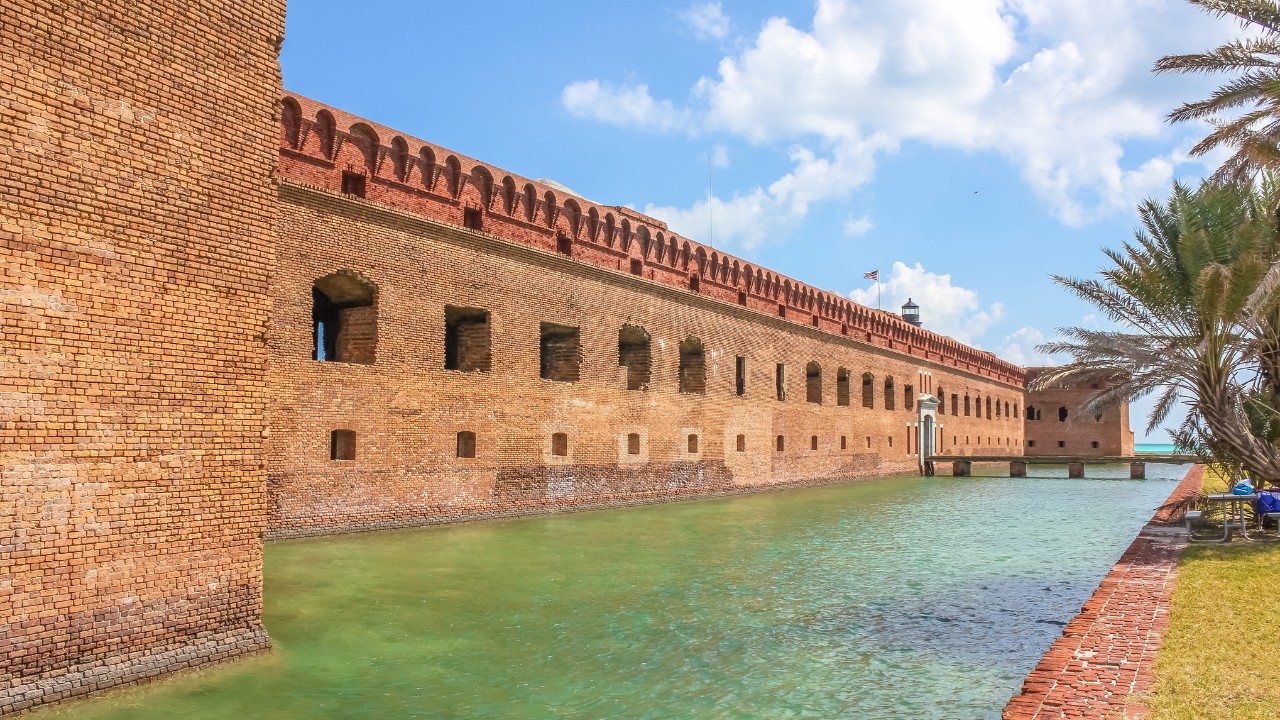
Dry Tortugas National Park, located 70 miles west of Key West, Florida, is one of the most remote and unique national parks in the United States. It’s known for its crystal-clear waters, coral reefs, abundant marine life, and historic Fort Jefferson, a massive 19th-century fortress. This guide will help first-time visitors make the most of their trip to Dry Tortugas, from planning logistics to exploring the park’s attractions.
Basic info:
- Name: Dry Tortugas National Park
- Location: Florida (Key West)
- Fee: $15 per person
- Tours? See top options
- Hotels? See best options
Getting There:
Dry Tortugas National Park is only accessible by ferry, seaplane, or private boat. Here’s a breakdown of each option:
Yankee Freedom III Ferry: The Yankee Freedom III is the official ferry service to the park, departing from Key West. The ferry ride takes about 2.5 hours one-way and includes breakfast, lunch, snorkel gear, and a guided tour of Fort Jefferson.
-
- Departure Location: Ferry Terminal in Key West, Florida.
- Schedule: Departs Key West at 8:00 a.m., arriving at Dry Tortugas around 10:30 a.m. The return trip departs the park at 2:45 p.m., arriving back in Key West around 5:15 p.m.
- Reservations: Reservations are highly recommended, especially during peak season (November to April), as the ferry often sells out weeks in advance. Click here to reserve tickets.
Seaplane: Seaplane tours offer a faster way to reach Dry Tortugas, taking only about 40 minutes each way. These flights provide incredible aerial views of the islands, coral reefs, and shipwrecks.
-
- Half-Day and Full-Day Tours: Half-day tours allow for about 2.5 hours on the island, while full-day tours give you about 6.5 hours to explore.
- Reservations: Book in advance to secure your spot, especially during the busy winter months. Check prices and reviews.
Private Boat: If you have access to a private boat, you can sail to Dry Tortugas, but be prepared for open-ocean conditions and ensure you have enough fuel, water, and supplies. Boaters must register upon arrival at Garden Key. There are also private boat tours available (see options).
Photos:
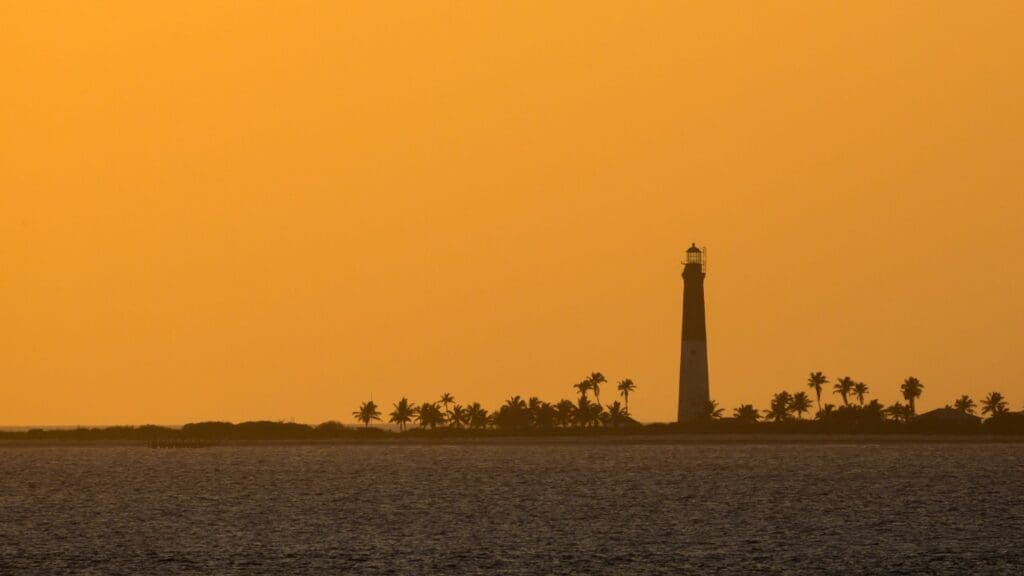
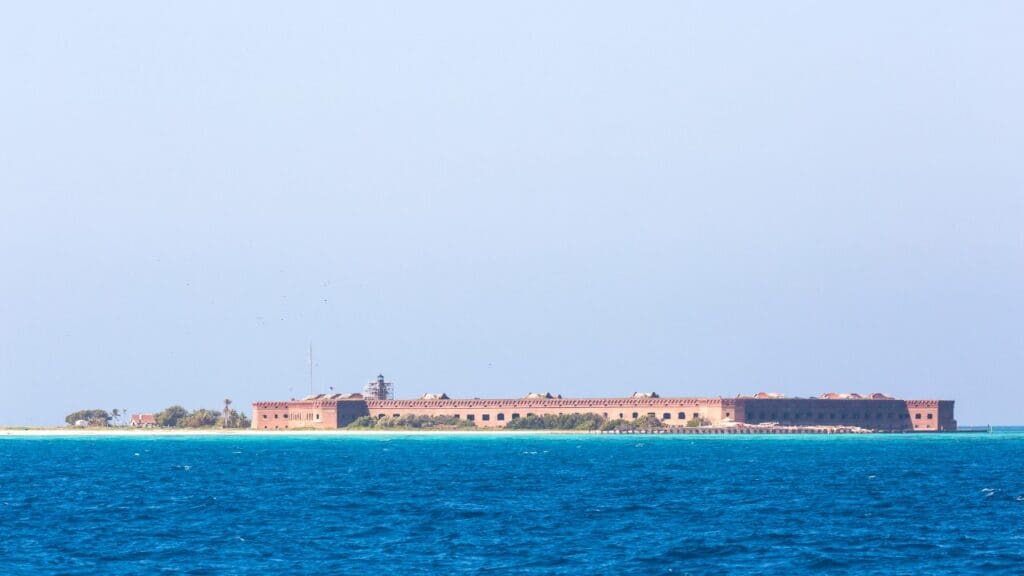

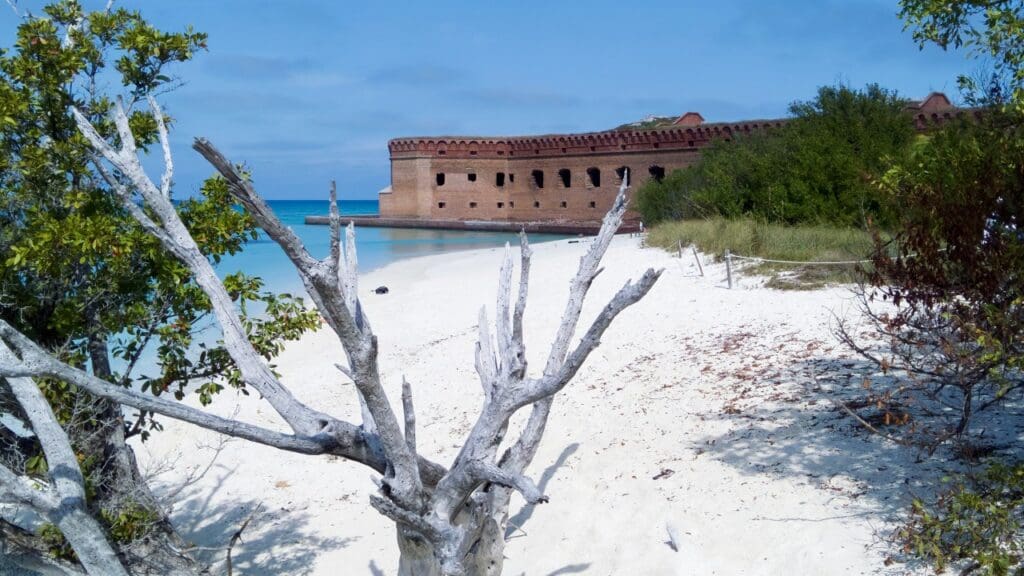
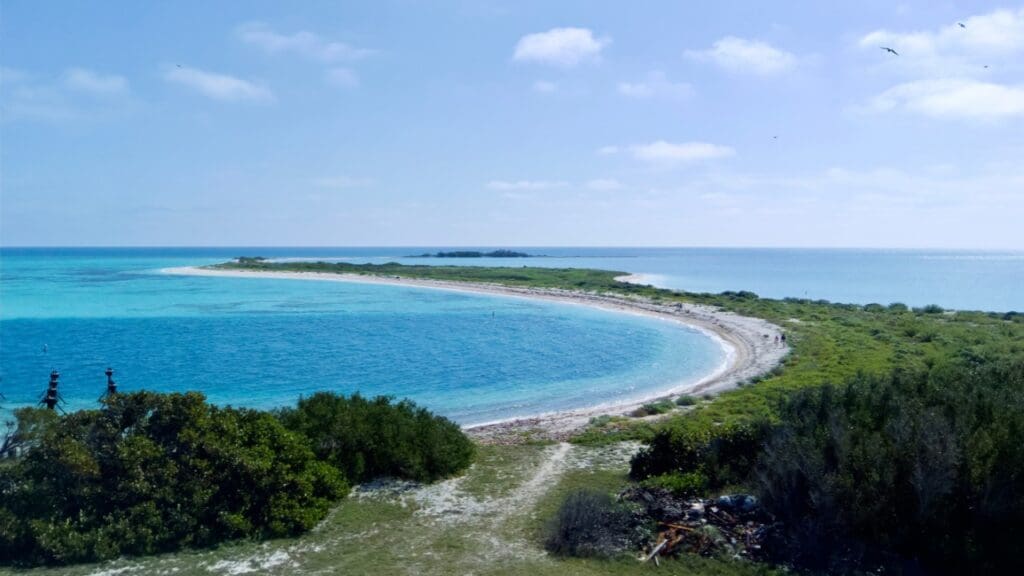
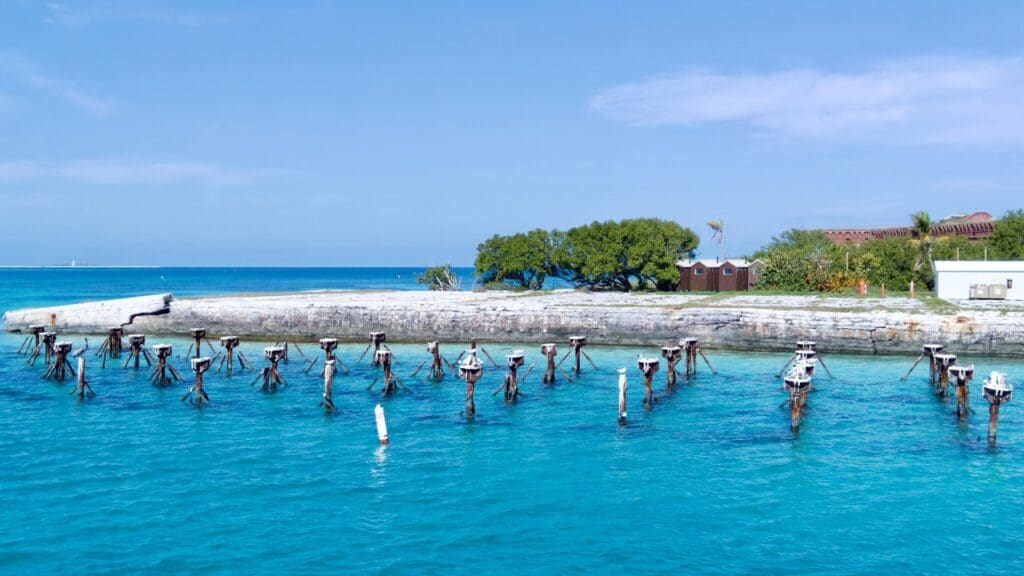
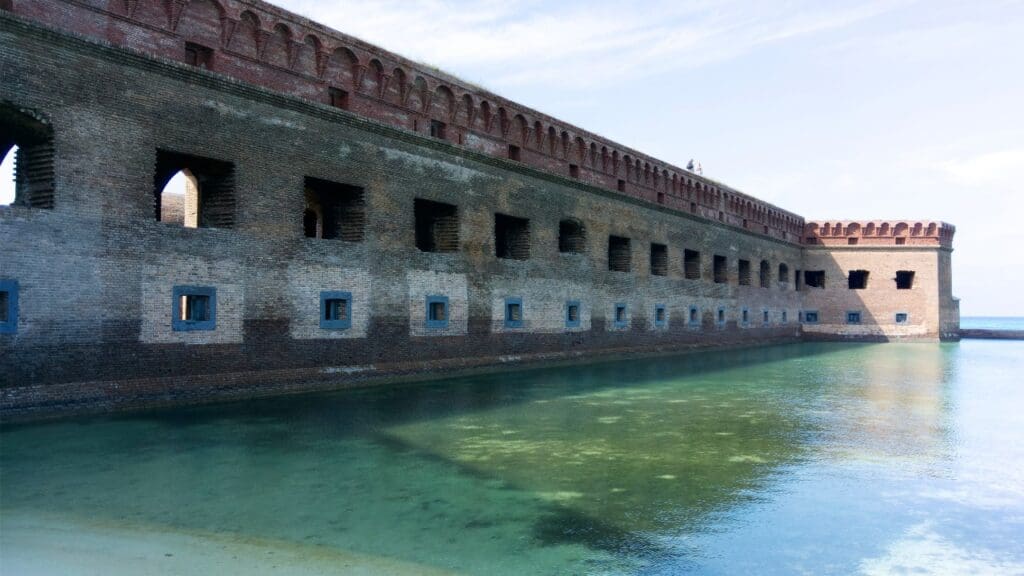
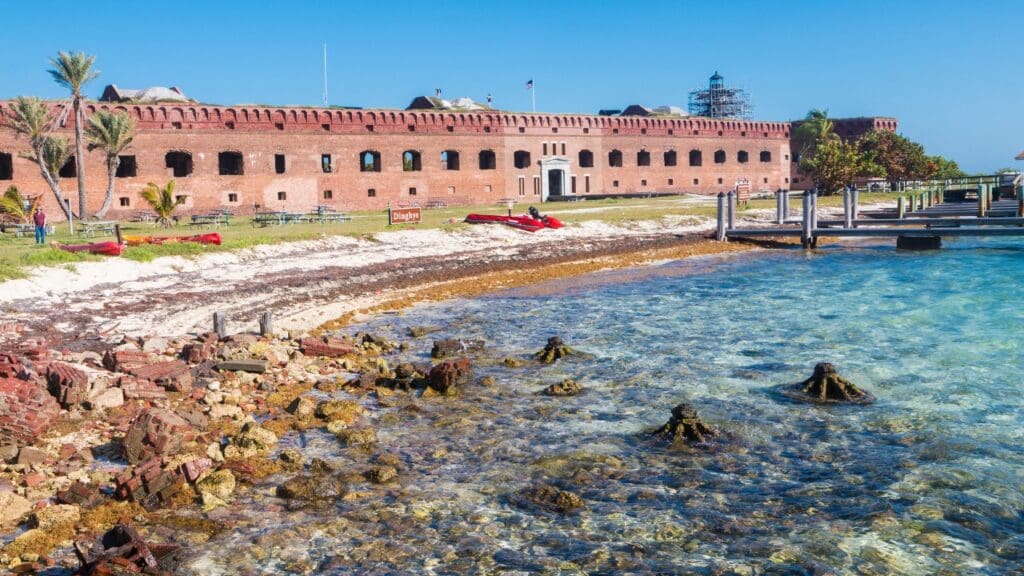
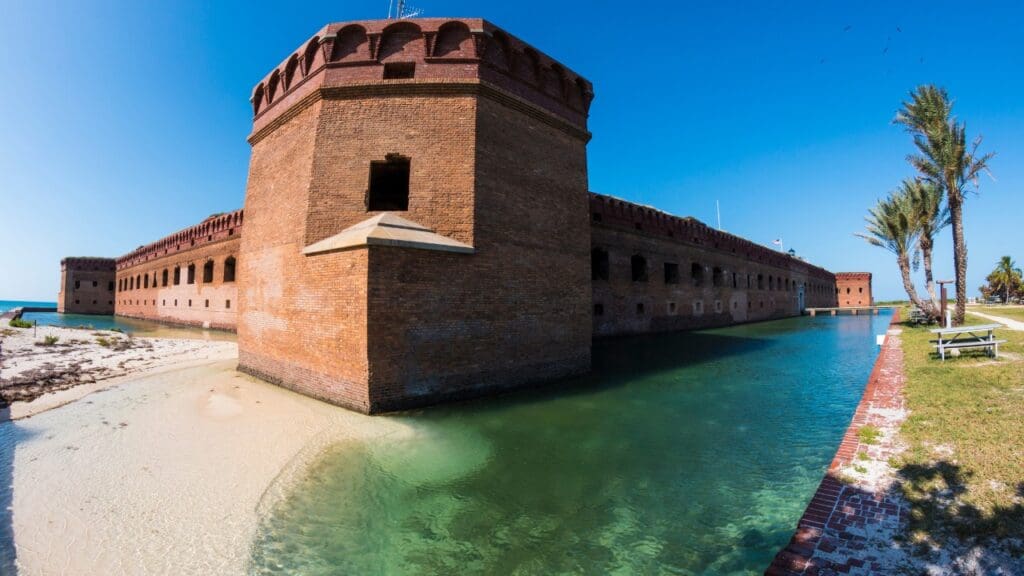

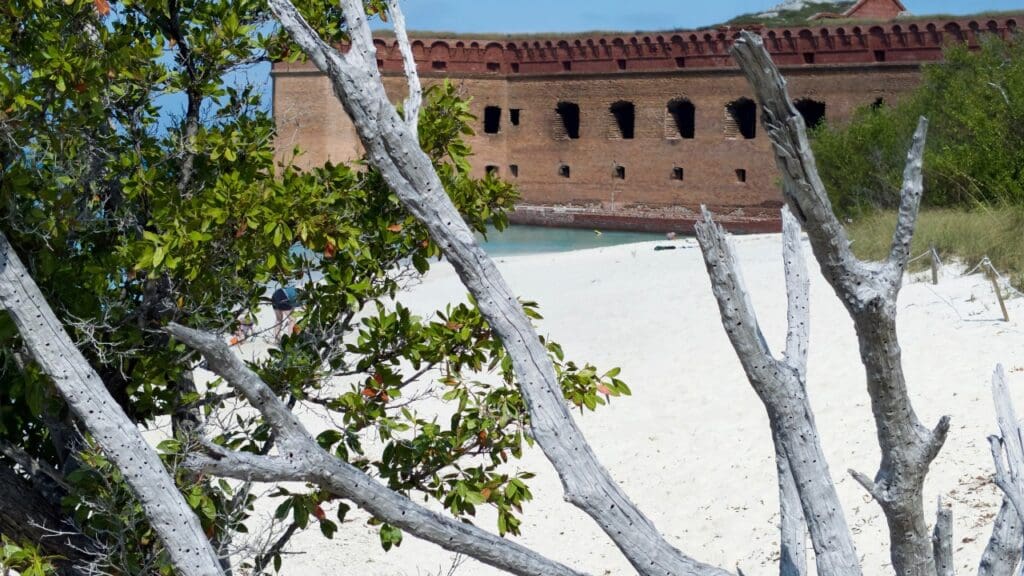


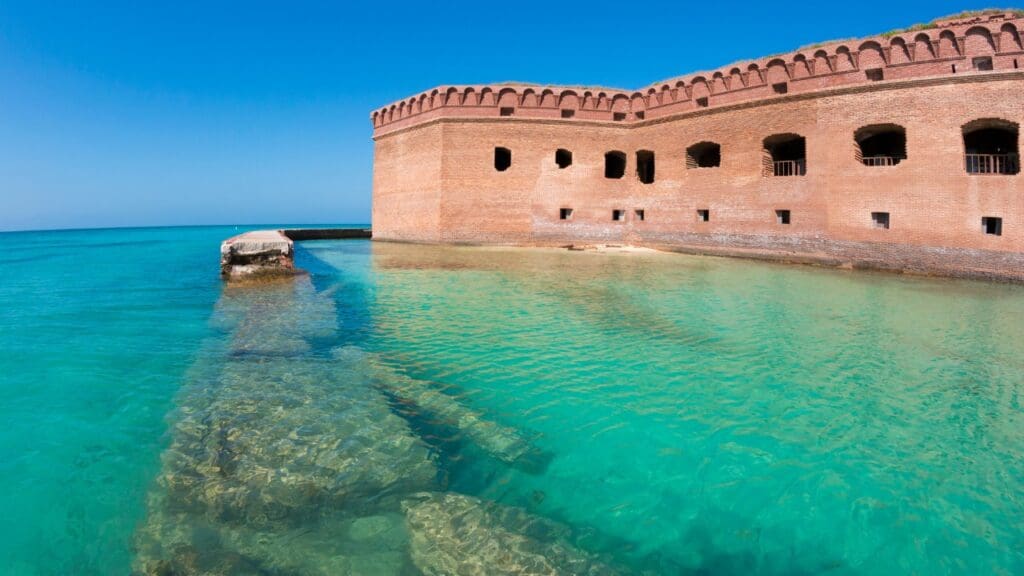
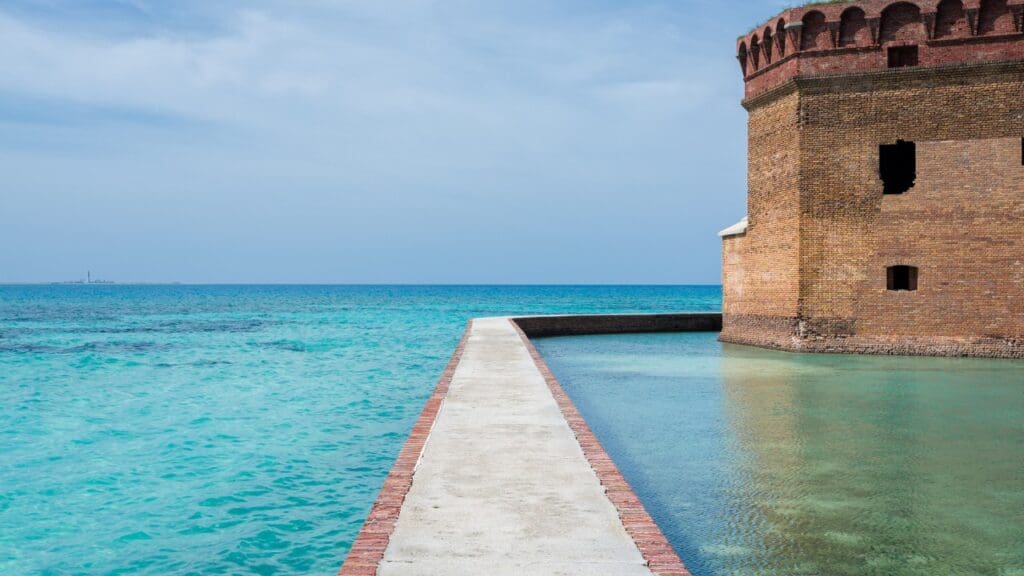

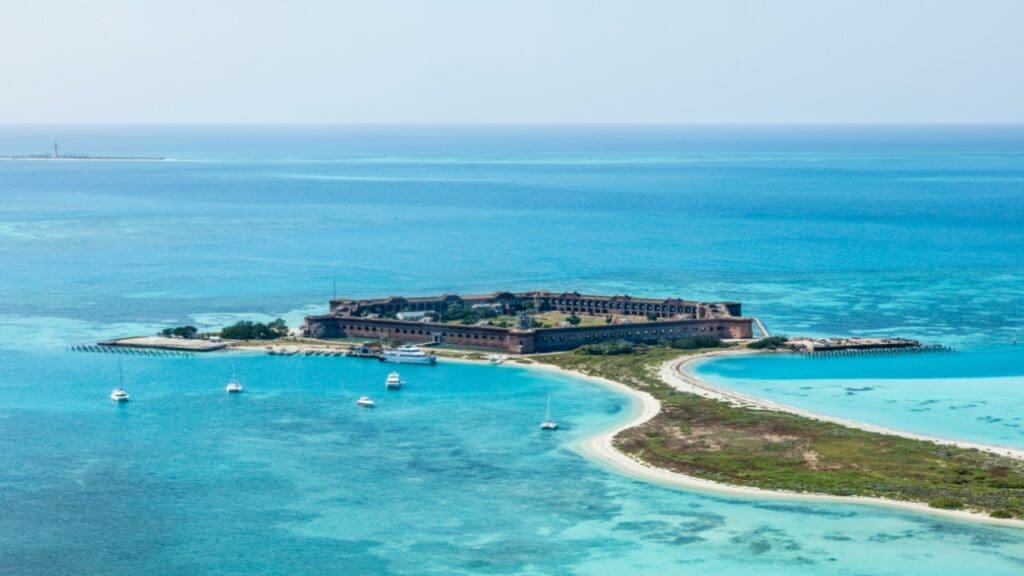
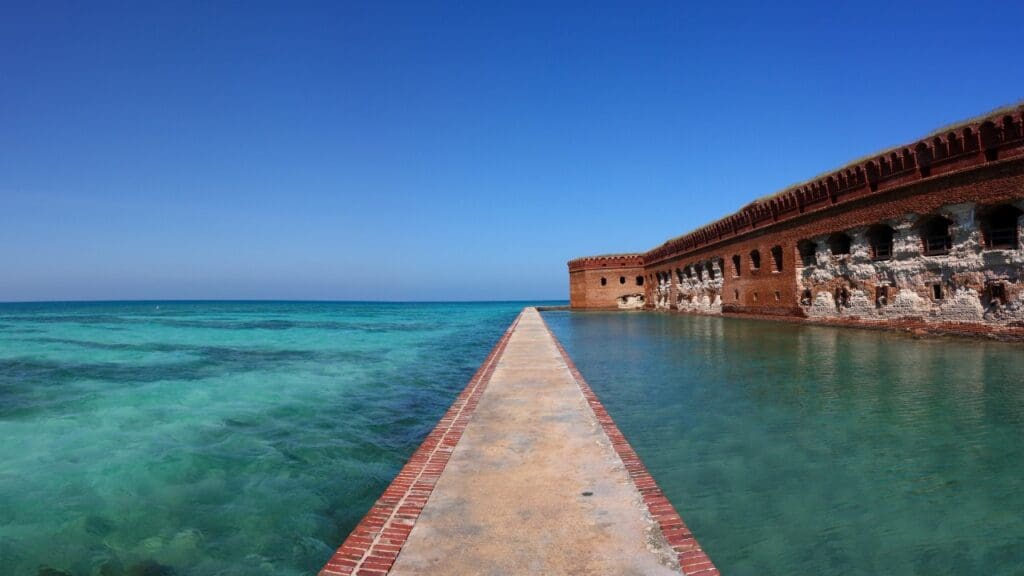
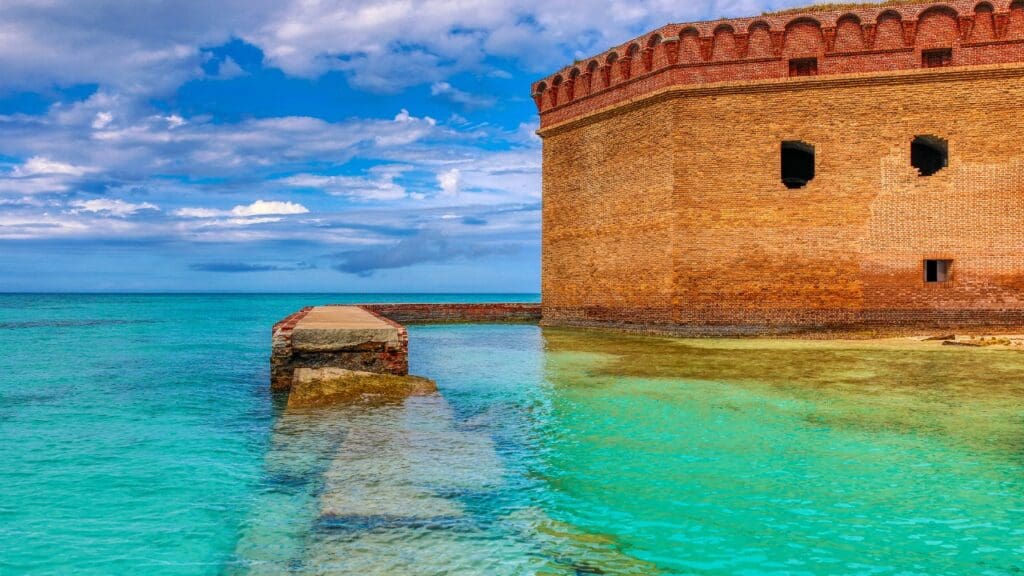
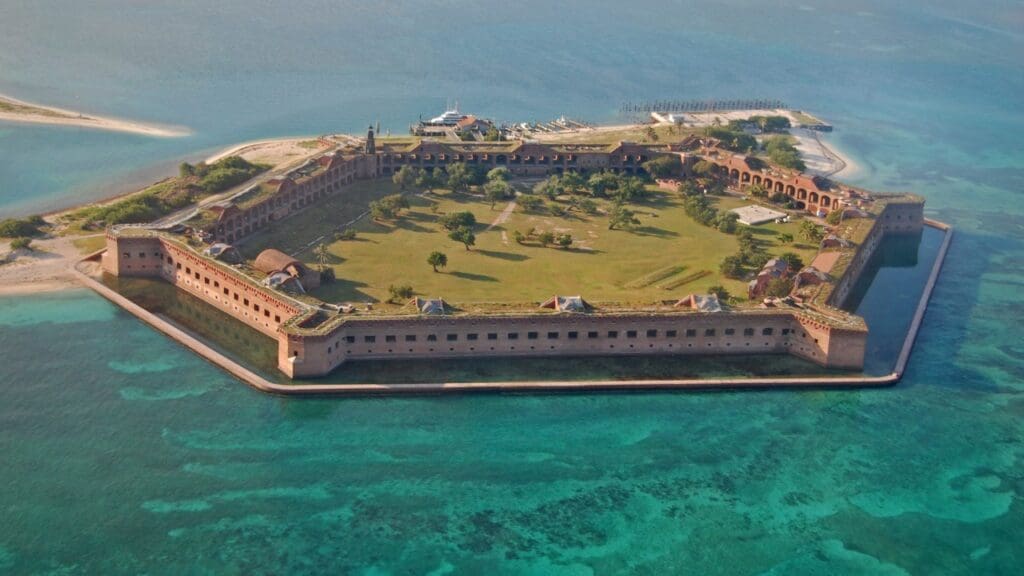
Best Time to Visit:
The park is open year-round, but the best time to visit depends on your preferences for weather and activities.
- Winter (December to April): Winter is the most popular time to visit, with mild temperatures ranging from 60°F to 80°F (16°C to 27°C). This is the driest season, offering excellent visibility for snorkeling and diving. It’s also peak season, so expect more visitors and fully booked tours.
- Summer (May to September): Summer brings warmer temperatures (80°F to 90°F), higher humidity, and a chance of afternoon thunderstorms. The water is warmest during this time, making it perfect for snorkeling, but be aware that this is also hurricane season, so check weather forecasts.
- Fall (October to November): Fall offers fewer crowds and cooler weather as the hurricane season winds down. It’s a quieter time to visit, but be aware that ferries and seaplanes may be canceled due to unpredictable weather.
- Spring (March to May): Spring is an excellent time to visit, with pleasant temperatures, calm seas, and clear waters for snorkeling and diving. Spring also offers good birdwatching opportunities, as migratory birds pass through the islands.
Things to Do:
Explore Fort Jefferson: Fort Jefferson is the largest masonry structure in the Americas, covering 16 acres. Built in the mid-1800s, it was designed to protect the Gulf Coast but never completed. The fort’s massive brick walls, arches, and moat make it a fascinating place to explore.
-
- Guided Tours: The Yankee Freedom III ferry offers a complimentary guided tour of the fort, providing historical insights about its construction, strategic significance, and role during the Civil War. See most popular options.
- Self-Guided Tours: You can also explore the fort on your own. Highlights include the cannon rooms, officer’s quarters, and the top tier, which offers panoramic views of the surrounding islands and ocean.
- Tip: Bring plenty of water, as the temperatures inside the fort can get warm, especially in the afternoon.
Snorkeling and Swimming: The clear waters surrounding Dry Tortugas are ideal for snorkeling, with abundant coral reefs, seagrass beds, and shipwrecks to explore.
-
- Garden Key Moat Wall: Snorkeling along the moat wall offers the chance to see colorful corals, fish, sea turtles, and even nurse sharks. It’s a great spot for beginners, as the waters are shallow and calm.
- South Beach: Located near the ferry dock, South Beach has easy access to snorkeling sites with shallow waters teeming with marine life.
- North Beach: This is another popular snorkeling spot, offering more extensive coral formations and chances to see larger marine species like rays and barracudas.
- Tip: Bring reef-safe sunscreen to protect the coral ecosystem and prevent sunburn during your snorkeling adventure.
Birdwatching: Dry Tortugas is a crucial stopover for migratory birds traveling between North and South America. The park is designated as a Globally Important Bird Area, making it a paradise for birdwatchers.
-
- Spring Migration: Between March and May, thousands of migratory birds, including warblers, terns, and frigatebirds, pass through the islands.
- Bush Key: Bush Key, adjacent to Garden Key, is closed to visitors during the nesting season (March to September) but offers excellent viewing opportunities from Garden Key. Look out for nesting sooty terns and brown noddies.
Camping on Garden Key: For a truly unique experience, consider camping overnight on Garden Key. The park’s primitive campground offers spectacular stargazing, beautiful sunsets, and early morning solitude.
-
- Facilities: The campground has eight first-come, first-served sites with picnic tables and grills, but no fresh water or amenities, so you must bring all supplies, including water and food.
- Permits: Camping permits are required and can be obtained at the Garden Key Visitor Center. The ferry also accommodates campers but charges an additional fee for gear transport.
Kayaking and Paddleboarding: For experienced paddlers, kayaking and paddleboarding are great ways to explore the park’s turquoise waters.
-
- What to See: Paddle around Garden Key’s moat or venture to nearby Loggerhead Key (3 miles away), home to a historic lighthouse and vibrant coral reefs.
- Safety: Be mindful of strong currents, changing tides, and sudden weather changes. Paddlers should have a good level of experience and bring safety gear, including life jackets and VHF radios.
Tips for First-Time Visitors:
- Pack Everything You Need: Dry Tortugas is a remote location with no amenities or supplies available. Bring plenty of water, food, sunscreen, hats, sunglasses, and snorkeling gear. The ferry provides lunch, but bring extra snacks and drinks.
- Bring Reef-Safe Sunscreen: Protect the coral reefs and marine life by using reef-safe sunscreen. Sunscreen containing harmful chemicals like oxybenzone and octinoxate is prohibited in some marine parks, including Dry Tortugas.
- Prepare for the Sun: The Florida sun can be intense, so bring a wide-brimmed hat, sunglasses, and lightweight clothing for sun protection. Shade is limited, so consider bringing a beach umbrella if you’re planning a long stay.
- Be Weather-Aware: Weather can change quickly, especially during hurricane season. Check the weather forecast before your trip, and be prepared for sudden rain showers or strong winds.
- Respect Wildlife and Coral: When snorkeling or diving, avoid touching or standing on corals, as they are fragile and easily damaged. Keep a safe distance from marine life, including sea turtles and nurse sharks.
Nearby Attractions:
If you have extra time in Key West before or after visiting Dry Tortugas, consider exploring these nearby attractions:
- Ernest Hemingway Home and Museum: Learn about the famous author’s life in Key West and see his collection of six-toed cats.
- Mallory Square: Enjoy the nightly sunset celebration, complete with street performers, food vendors, and craft stalls.
- Key West Lighthouse: Climb to the top of the lighthouse for panoramic views of Key West and the surrounding waters.
Final things to know:
Dry Tortugas National Park offers a truly unforgettable experience, from exploring historic Fort Jefferson to snorkeling in the clear waters of the Gulf of Mexico. With its unique blend of history, wildlife, and natural beauty, this remote paradise is a must-visit for any adventure seeker or history buff. By following this guide, you’ll be well-prepared to make the most of your first trip to Dry Tortugas.
